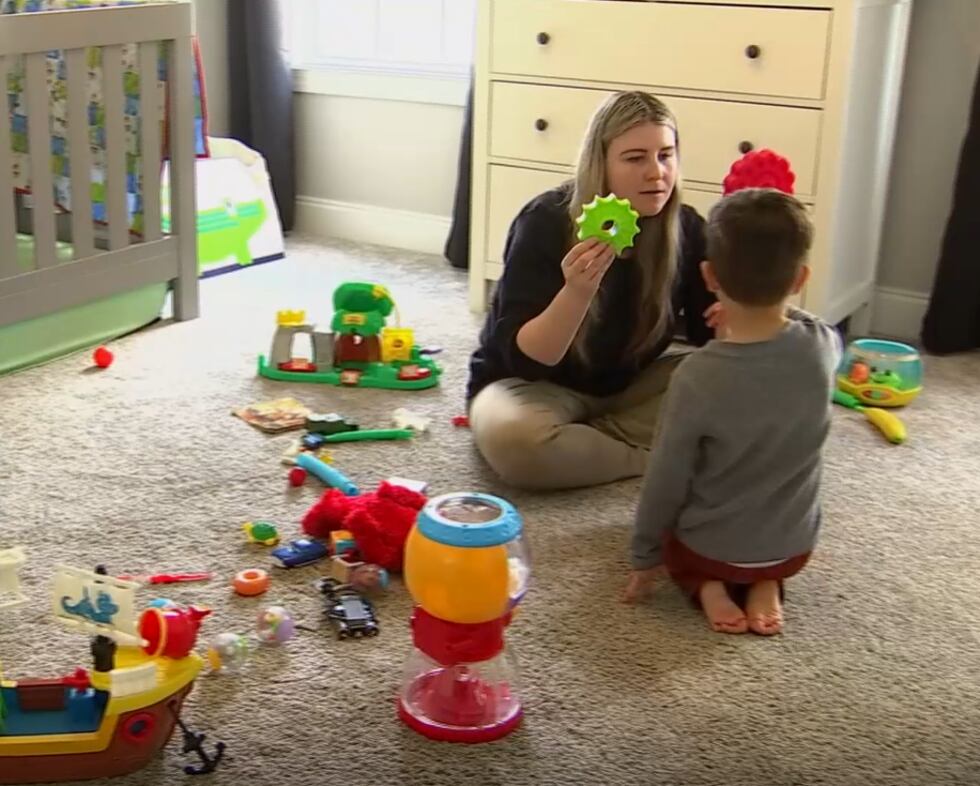‘Autism’ and the complex spectrum of possibilities
Reports show that autism diagnoses are more common now than they were 25 years ago.
NASHVILLE, Tenn. (WSMV) - Autism diagnoses are much more common now than they were 25 years ago. The latest reports from the CDC show 1 in 36 children have been identified to have Autism Spectrum Disorder (ASD). It’s an increase from 1 in 150 in the year 2000.
ASD is a neurological condition that affects a person’s social abilities, communication abilities and sometimes brings repetitive behavior and sensory sensitivities. It’s known as a “spectrum” disorder because its overall impact on a child’s life can range from very minimal with little need for parental support to an extreme impact with very high support that lasts throughout their adult life.
“If you meet one person with autism, then you’ve met one person with autism” says Kelly Nagy, mom to 5-year old Reid. “The spectrum is so wide and how people present is so different.”
At 18 months old, Reid was not walking or talking. Kelly and her husband Adam took their concerns to the pediatrician who referred them to Early Intervention Services. Reid was given an autism diagnosis and started occupational and physical therapies, as well as speech. At the time, Kelly did not know what the diagnosis would mean for his future.
“Reid was just so much slower,” recalls Kelly. “He wasn’t moving as much, he wasn’t talking as much. He just wasn’t doing the things that, now I see, are a more typical trajectory.”

The therapies have continued for Reid as his ability to speak and communicate is only just emerging.
“There’s no one-size-fits all approach to thinking about autism or in giving a diagnosis of autism,” says Amy Weitlauf, PhD, a clinical psychologist and autism specialist. Weitlauf also serves as an Associate Professor of Pediatrics and the TRIAD Associate Director of Research at Vanderbilt Kennedy Center.
Weitlauf typically meets families at the point of diagnosis and helps in recommending therapies that could work for their particular needs.
“People with autism are as different as people without autism,” says Weitlauf. “So almost every presentation of autism is unique.”
Current research has identified more than 200 genetic components to autism, both through specific genes and genetic changes.
Genetic testing after Reid’s initial ASD diagnosis provided a fuller picture for the Nagy family. Reid Nagy has a neurodevelopmental disorder known as Dup15Q, which is characterized by having an extra copy of a portion of chromosome 15. It most often presents with a number of symptoms including motor delays, intellectual disability, autism spectrum disorder, and epilepsy.
“We know that [Reid] will be dependent for life,” says Kelly. “But I know he will have a life of value.”
The Nagy family has begun raising money to fund research into Dup15Q. A recent community walk they organized raised more than $18,000 for the Dup15Q Alliance. Here’s a direct link to help their cause.
“This whole experience has shown us that no matter what he accomplishes, he has worth and he is important,” says Kelly.

Copyright 2024 WSMV. All rights reserved.















